The genome editing system CRISPR has become a hugely important tool in medical research, and could ultimately have a significant impact in fields such as agriculture, bioenergy, and food security.
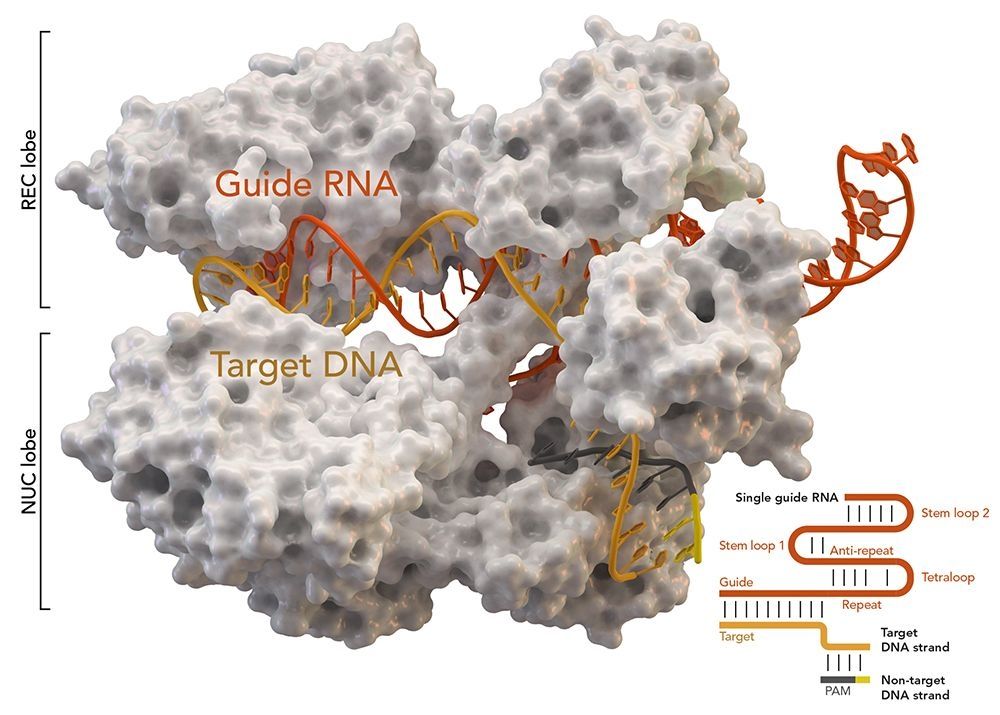

The genome editing system CRISPR has become a hugely important tool in medical research, and could ultimately have a significant impact in fields such as agriculture, bioenergy, and food security.
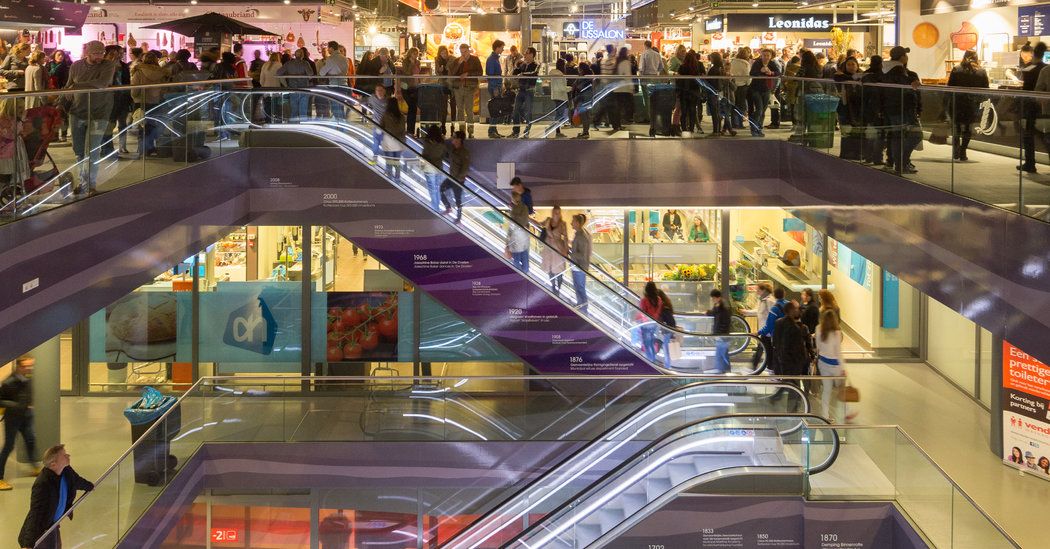
Just where artificial intelligence is taking us, at what pace and along what trajectory, is uncertain. The technology, of course, is raising serious questions about its potential impact on jobs, privacy and politics.
The internet is a technology of low-cost communication and connection. Everything from email to e-commerce to social networks has hinged on the internet’s transformative role in changing the economics of communication. All those connections suddenly became both possible and cheap.
Artificial intelligence is a technology of low-cost prediction and discovery. It exploits the new resource of the digital age — vast amounts of data — to identify patterns and make predictions. Much of what A.I. does today can be thought of as a prediction. What product to recommend, what ad to show you, what image is in that picture, what move should the robot make next — all are automated predictions.
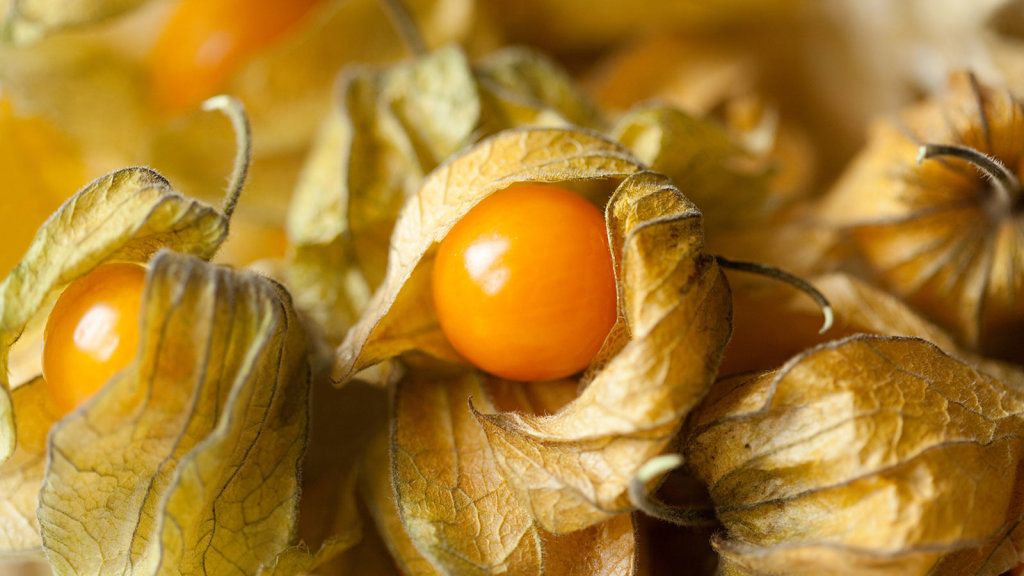
Hundreds of crops in developing countries are relatively unknown in the developed world because they’re often hard to grow or export. But scientists have found that CRISPR editing can speed up traditional plant breeding techniques.
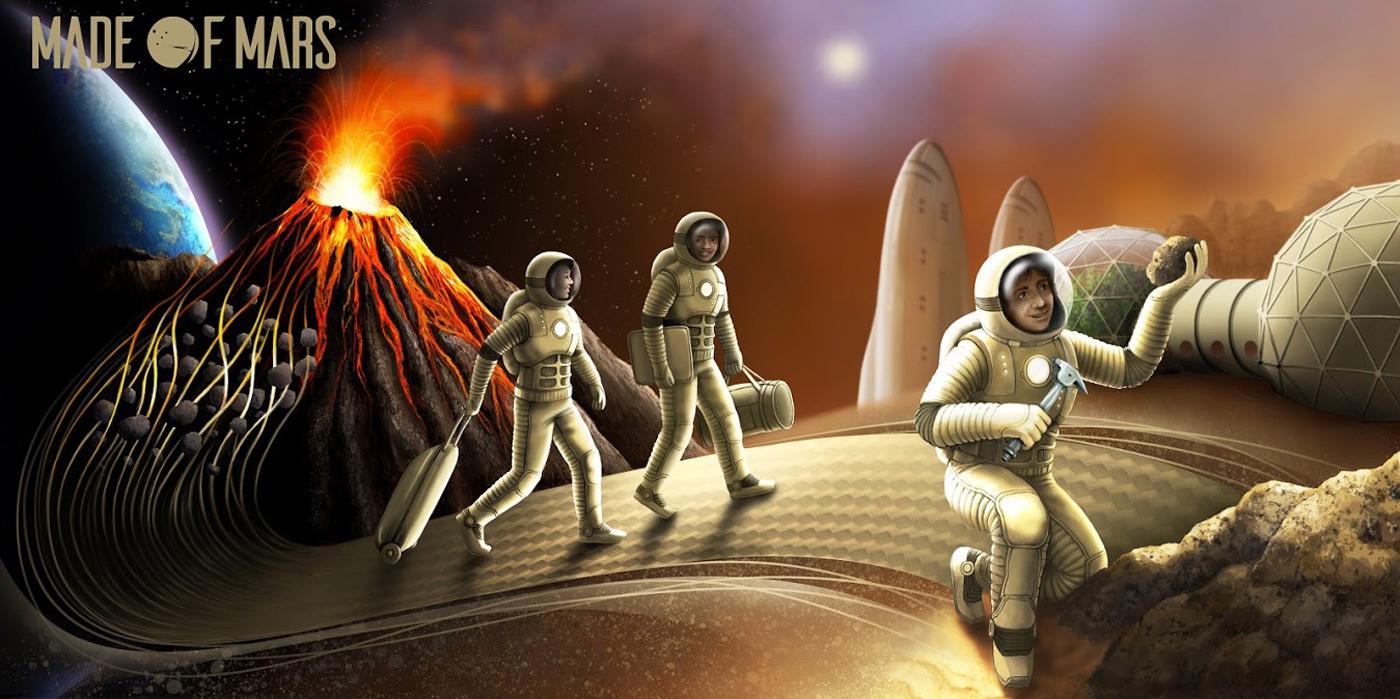
Towards this goal, I have founded the company, Made of Mars, to develop the technology we need to build beyond Earth. Made of Mars is working to transform the materials and minerals that we know are on the Moon, Mars and asteroids throughout our solar system into products that we can use today. This innovation will be used to build the space civilization of tomorrow.
Made of Mars will begin by learning to build with volcanic basalt. Basalt is the same lava rock that forms Hawaii, Iceland and countless volcanoes around Earth. Basalt is the most common material on Mars and is widespread throughout Earth and much of the solar system. Starting with these rocks, basalt is mined, re-melted, and pulled into thin threads which are then woven into fabrics. Made of Mars is transforming these basalt fabrics into products you can use today. The first basalt product line has been launched on Kickstarter where these volcanic rocks will be highlighted through a series of wallets and computer cases. These simple products will showcase the material and process. Made of Mars aims to encourage development of this material, setting the stage for space necessities to eventually be built from basalt, from suits to spaceships.
Building for a future beyond Earth does not mean abandoning our planet. We have always been a species of explorers and migrants, but remain nostalgic for our roots. Learning to build with basalt will both be key for a future beyond Earth and our future on it. Our technological advancements have improved the lives of billions while putting a terrible strain on the resources and environments of Earth. Basalt may be a solution toward sustaining our home planet. It is one of the most abundant and widespread resources on Earth. Basalt is continuously erupting on the surface and requires no chemicals to process. Unlike cotton, it does not compete with food production. Unlike synthetics, it does not come from fossil fuels. After it is used, basalt can be remelted and reused. Discarded basalt would naturally weather and recycle back to new volcanoes, as is the natural cycle of basalt.
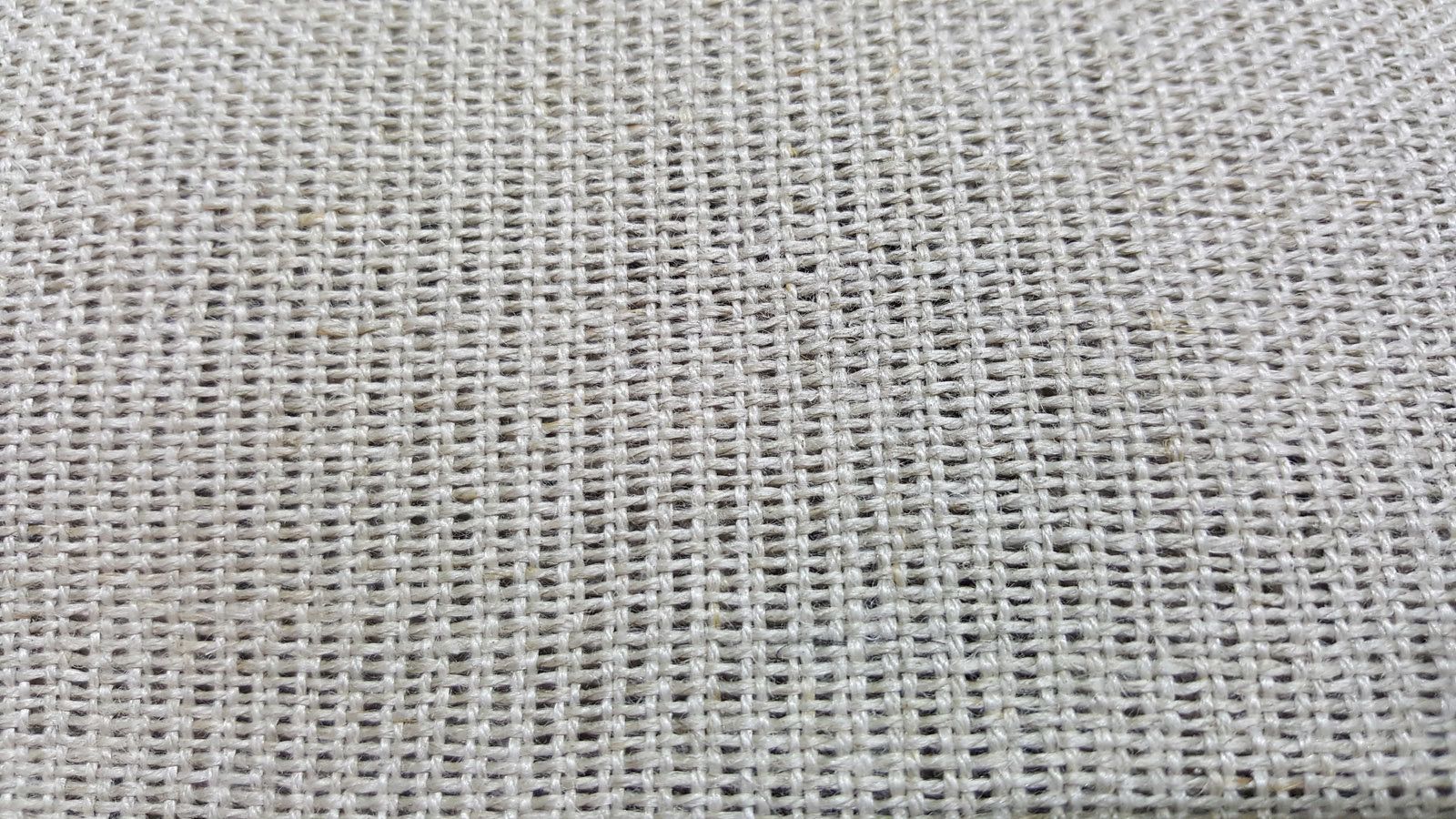
A new tool using data and AI is hoping to better predict famine and help millions experiencing food insecurity.
“An extraordinary eighty-year study has led to some unexpected discoveries about long life.”
-O, The Oprah Magazine
For years we have been told to obsessively monitor when we’re angry, what we eat, how much we worry, and how often we go to the gym. So why isn’t everyone healthy? Drawing from the most extensive study of long life ever conducted, The Longevity Project busts many long- held myths, revealing how:
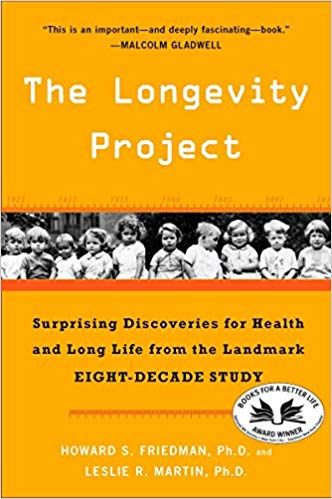
Surprising discoveries for health and long life.
“An extraordinary eighty-year study has led to some unexpected discoveries about long life.”
-O, The Oprah Magazine
For years we have been told to obsessively monitor when we’re angry, what we eat, how much we worry, and how often we go to the gym. So why isn’t everyone healthy? Drawing from the most extensive study of long life ever conducted, The Longevity Project busts many long- held myths, revealing how:
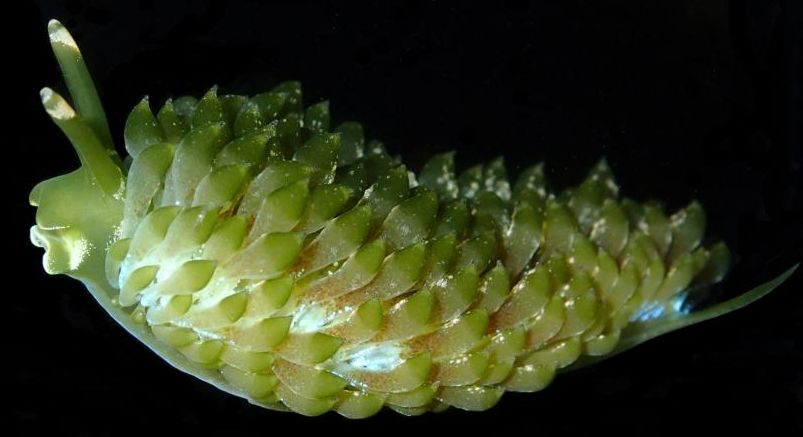
“This may be the best example of an animal masquerading as a plant that we have,” biologist Nicholas Paul, an expert on seaweed and algae at Australia’s University of the Sunshine Coast, said in an email. He wasn’t involved with the new study.
The new species exclusively feed on the seaweed genus Caulerpa and are found throughout the Pacific, including Malaysia, Australia, Guam, and the Philippines. Humans consider the algae’s caviar-like bulbs, called sea grapes, a delicacy—but few sea creatures dare eat the stuff, making them highly invasive. Thanks to the global aquarium trade, the algae has invaded waters from the Mediterranean to Japan.
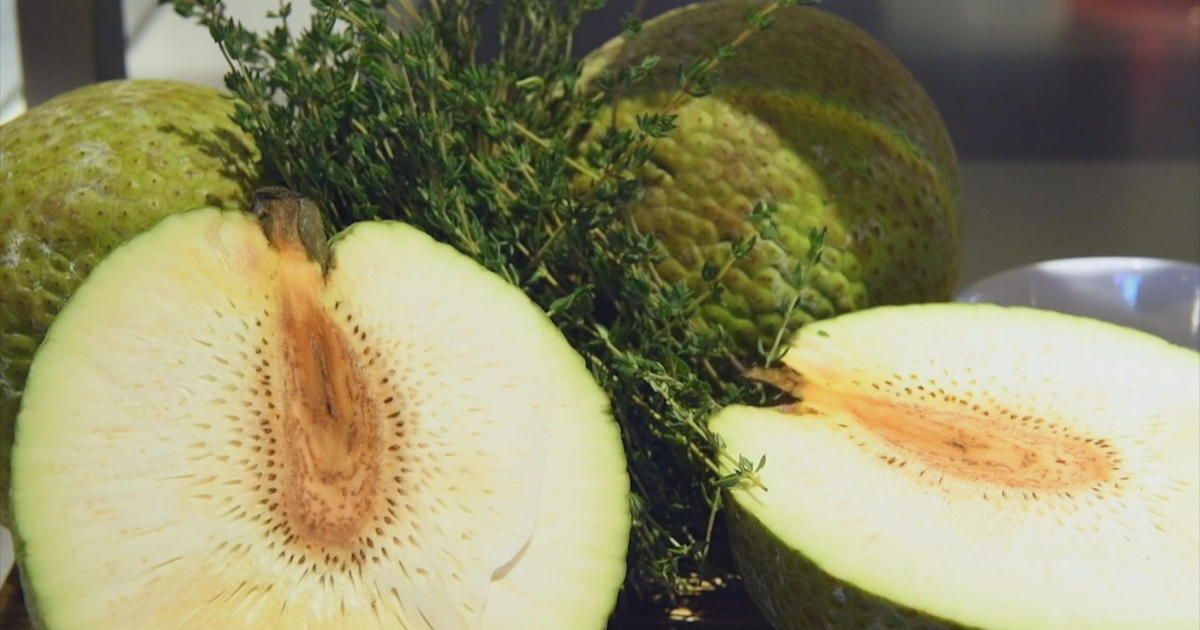
Crop Trust guards about one million varieties of seeds in a mountain in Svalbard, Norway. The doomsday vault is the back-up for 1,700 seed banks worldwide, in the event of some future apocalypse.
The term “conservation” may bring wildlife or land preservation to mind. But what about the food we eat?
According to Crop Trust, an international organization working to safeguard agriculture, we only use about 1 percent of available crops to fuel our diets. That could put the future of our food system at risk.
That’s why Erik Oberholtzer helped to gather leaders in the restaurant industry last week at Google’s New York City office in an effort to encourage a more diverse and delicious future. On the menu was Breadfruit Tikki, Teff Tacos and Fonio Salad.
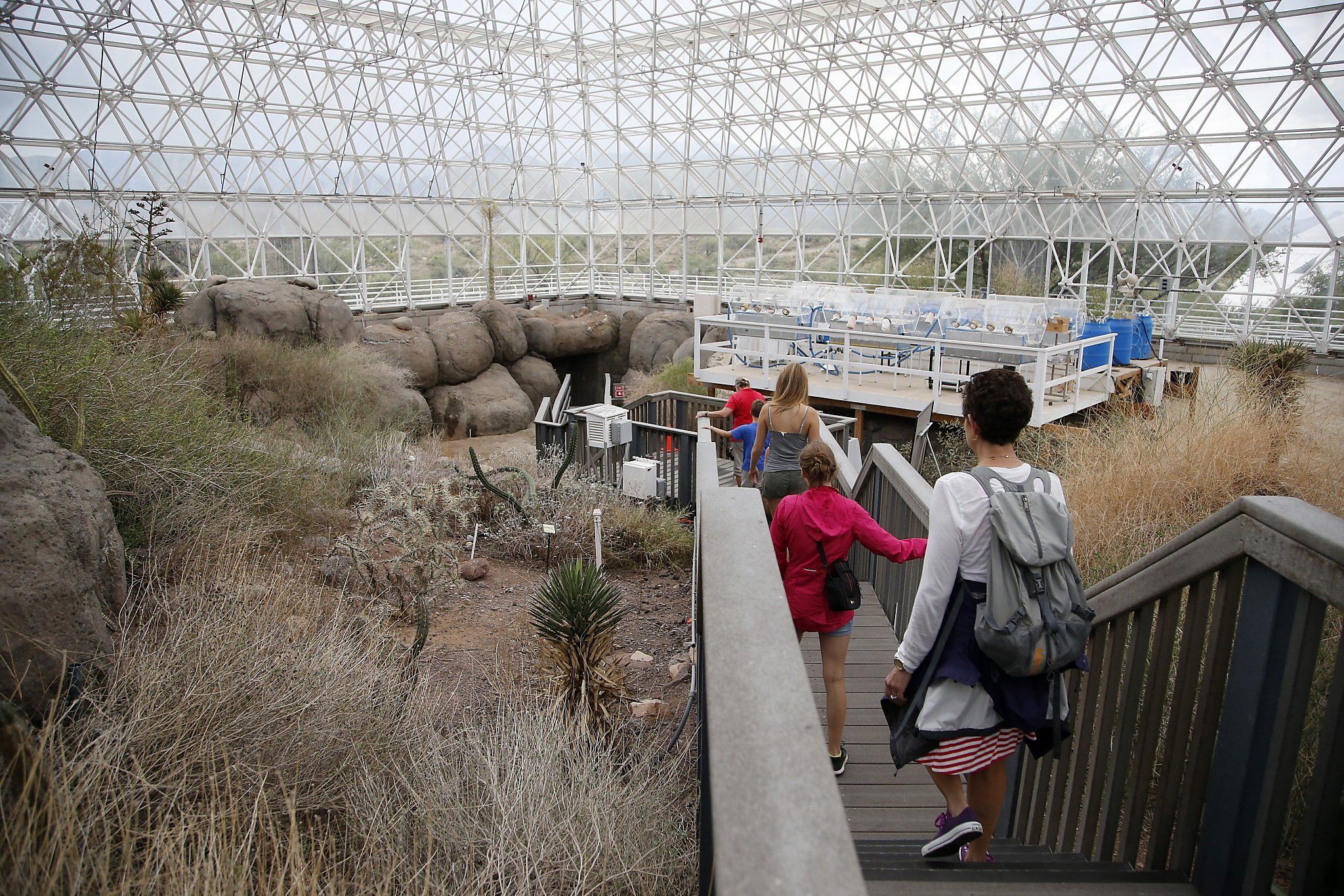
ORACLE, Ariz. — They lived for two years and 20 minutes under the glass of a miniature Earth, complete with an ocean, rain forest, desert, grasslands and mangroves. Their air and water were recycled, and they grew the sweet potatoes, rice and other food they needed to survive.
About 1,500 people were invited and some 200 journalists were on hand as the eight original inhabitants of Biosphere 2 left their glass terrarium a quarter-century ago last month in two groups that no longer talked to each other amid the stress of sharing a small space and disputes over how the project should be run. Detractors called the $150 million experiment a failure because additional oxygen was pumped into what was supposed to be a self-sustaining system.
A power struggle in subsequent months led the financial backer, Texas billionaire Edward Bass, to hire investment banker Stephen Bannon, who was later President Trump’s chief strategist, to bring the project back from financial disarray.